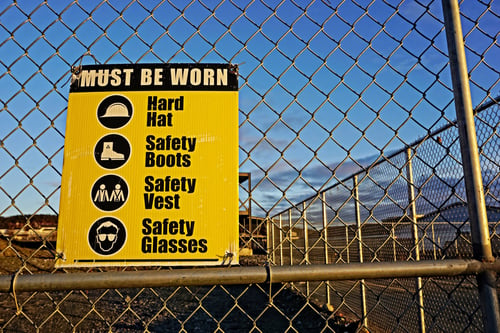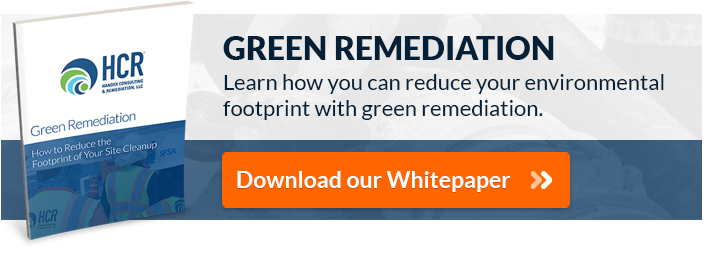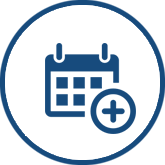
The experience modification rate (EMR) is a rating that insurance companies provide for regulatory agencies to evaluate safety standards in the workplace. However, relying on lag time indicators such as EMR ratings often does not give the entire picture. Leading indicators, or how companies are being proactive toward loss and injury prevention, need to be taken into account as well.
For many businesses, the days of waiting until an incident occurs before they do something about it are gone. Instead, many are learning from past experiences of the industry and are addressing these issues before they become losses. Here are just a few of the methods companies are using to successfully reduce loss incidents in the workplace:
Good Catch Reporting
The idea of Good Catch reporting is to catch a potential hazard before injury or loss can occur. By reporting the concern, team members ensure that corrective action is taken to reduce the likelihood of future incidents. One of the main benefits of Good Catch is that the communication encourages team members to talk and maintain awareness of potential hazards. This is a truly proactive approach that actively seeks out unsafe conditions for the purpose of eliminating them.
Shared Learnings
Many companies will share their loss experiences via "Shared Learning" bulletins in an effort raise the level of awareness within their organization, among peers and sometimes clients. Just like with Good Catch, this type of reporting is beneficial because it actively promotes communication and awareness between all parties.
Job Safety Analysis
This document is becoming widely used across the board. The Job Safety Analysis (JSA) lists the steps to performing a specific task, identifies the hazards associated with the step and then addresses recommendations to mitigate the hazards. The benefit here is that when an individual is involved in the development of a task specific JSA, they are more likely to take ownership of the safety while performing that task. A JSA can also be used as a teaching guide for job training or as a briefing guide for irregular jobs.
So What's the Bottom Line?
An EMR is sort of similar to a credit score, it follows a business for approximately four years. However, many know that an EMR does not give the complete picture of how an employer operates. This is why clients should focus more on the company’s overall safety program and mission statement. They should take into consideration the company’s trends in loss history but place more emphasis on the steps the employer has taken to make their workplace safer. Here are a few things that should be considered along with the EMR:
- Does the company have an active safety program in place?
- Do they have a behavioral based program?
- Is it working?
- Has the company seen an improvement in lost time accidents?
- Does loss trending show a positive direction for the company?
- Have they demonstrated control over their workplace safety?
The practice of assessing a company’s approval rating based on historical data does not provide the current state of business. Loss trends are important to know and understand, but should not be the focal point when determining if a company is safe or not. Focusing on the leading indicators tells more about a company’s commitment to safety.



